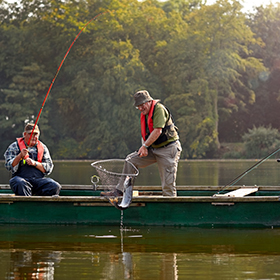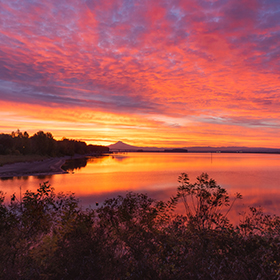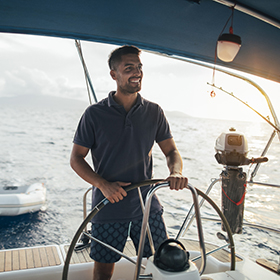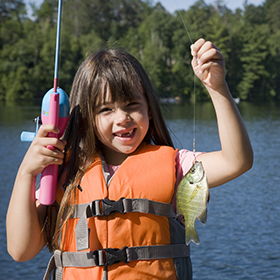Are you wondering what it means to have good fly fishing etiquette?
Are you wondering what it means to have good fly fishing etiquette? Fishing aside, your parents probably corrected your dining etiquette dozens of times when you were growing up. You know not to put your elbows on the dinner table or talk with your mouth full to this day, but if you're not sure what constitutes good fly fishing etiquette, keep reading.
While I'm no expert on this topic, I do have a few suggestions on how to practice good fly fishing etiquette based on my recent fly fishing adventures.
-
Keep the noise level down. Whether you are fishing alone or with a group, remember to keep the noise level down. Many fish species that are targeted on fly, such as a brown trout in a freshwater stream or bonefish on a saltwater flat, have a tendency to be particularly skittish. By staying quiet, you are being respectful of other anglers in the area, and you can avoid scaring off a potential catch. Besides, most anglers go fishing not only to experience the joy of catching, but also for the solitude and relaxation in between bites.
-
Know the fishing regulations and follow them. This guideline goes for any type of fishing. It's easy to find the fishing regulations for your state. Read the regulations and practice proper catch and release on any species that are not within the current regulations.
-
When fly fishing on a stream or small river, work upstream while leaving plenty of water space between you and any other anglers. If you see another angler casting in a spot that you were hoping to fish, find another section of the waterway and start there. Before you make your first cast, make sure there is plenty of open space.
-
Be conscious of splashing and shadows if you are wading. Splashing can make it much more difficult to sight-cast to feeding fish, and shadows can spook any fish in the area.
-
Leave no litter behind. This is another etiquette guideline that applies to any type of fishing. Better yet, if you do see litter, pick it up and leave the waterway a little better than it was when you found it.
Now that you know the basics of good fly fishing etiquette, find a great new spot to fly fish in your area using the Places to Boat and Fish Map. Put proper fly fishing etiquette into practice on the water.









